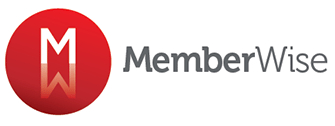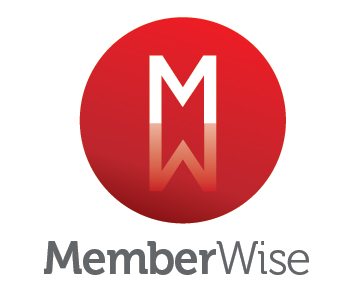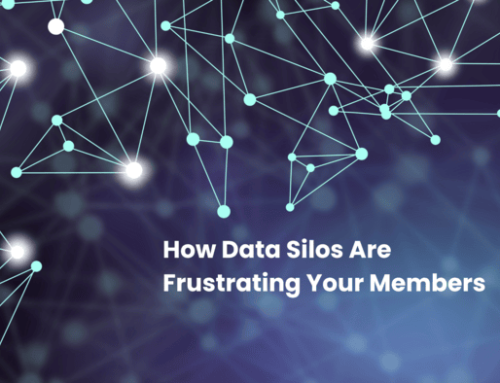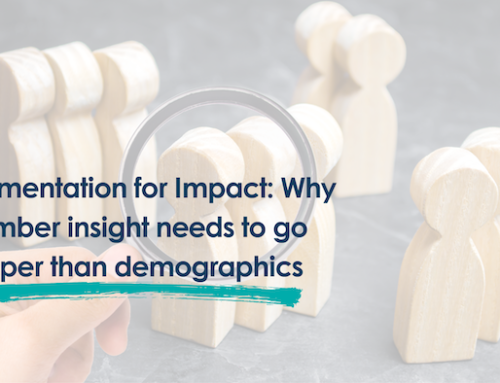For membership organisations, making a lasting impact is at the heart of what you do—empowering your communities, enhancing member experiences, and driving positive change. But how do you deepen that impact and make every decision truly count? One of the most effective ways is through harnessing the power of your data.
Data is more than just a byproduct of your activities; it’s a vital asset. While we often hear that ‘data is the new oil,’ we can extend that analogy ‘but unrefined, it has very use’.
As Doug Laney, author of Infonomics and Data Juice, puts it: “The value of data lies not in its accumulation but in how it’s applied to drive action.”
By adopting a data-driven approach, you gain the insights needed to make informed, strategic decisions that go beyond intuition. You can pinpoint new opportunities to engage members, enhance services, ensure relevance and create experiences that truly resonate. The foundation of all this? A strong data reporting framework.
So, where do you begin on this journey to becoming data-driven? It starts with building a robust framework that allows you to move from simply having data to transforming it into actionable insights.
What is a data reporting framework?
A data reporting framework is a structured approach to using data that helps membership organisations to:
- Segment and target
- Personalise engagement
- Derive insights
- Make decisions
Why do membership organisations need a data reporting framework?
Data reporting isn’t just about creating reports; it’s about designing a system that continuously feeds high-quality, structured data to decision makers.
A structured reporting framework helps you to align your data collection with goals, ensuring you track the right KPIs and gain actionable insights. A well-defined data reporting framework helps membership organisations to move from data, to information, to insights.
Step-by-Step Guide to Building Your Data Reporting Framework
Here’s an effective step-by-step guide to help you build your own data reporting framework:
- Define: Start by clearly defining the problem you want to solve. What specific challenge are you facing?
- Collect: Gather the data necessary to address the identified problem. This may involve collecting data from various sources, including surveys, member interactions, and other relevant channels.
- Cleanse: Ensure your data is accurate; remove duplicates, correct errors, and validate the information to guarantee its reliability.
- Analyse: Dive into your data to identify insights, patterns, or anomalies. This step is crucial for understanding the story your data tells.
- Visualise: Present your data in an easy-to-understand format. Use charts, graphs, and dashboards to help stakeholders grasp the insights quickly.
- Review: Share your findings with your team and stakeholders. Discuss the insights gathered and identify further actions or areas for improvement. Looks for gaps in your use of data to identify data with a purpose.
This process is not a one-time event; it’s a cycle. By repeating these steps, you can identify additional problems to solve and uncover more valuable insights. The key is to continually refine your approach as you gain a deeper understanding of your data.
Want to Know More?
If you are looking for further insights into how to leverage your data for greater impact, join me and James Talman, Group CEO at The National Federation of Roofing Contractors (NFRC), at Membership Excellence 2024. Together, we will explore how to harness a data strategy to fuel innovation and enhance member value.
We will also be launching our data maturity assessment tool, which will be available at our stand, G1.
To find out more, visit our website https://hartsquare.co.uk











Leave A Comment